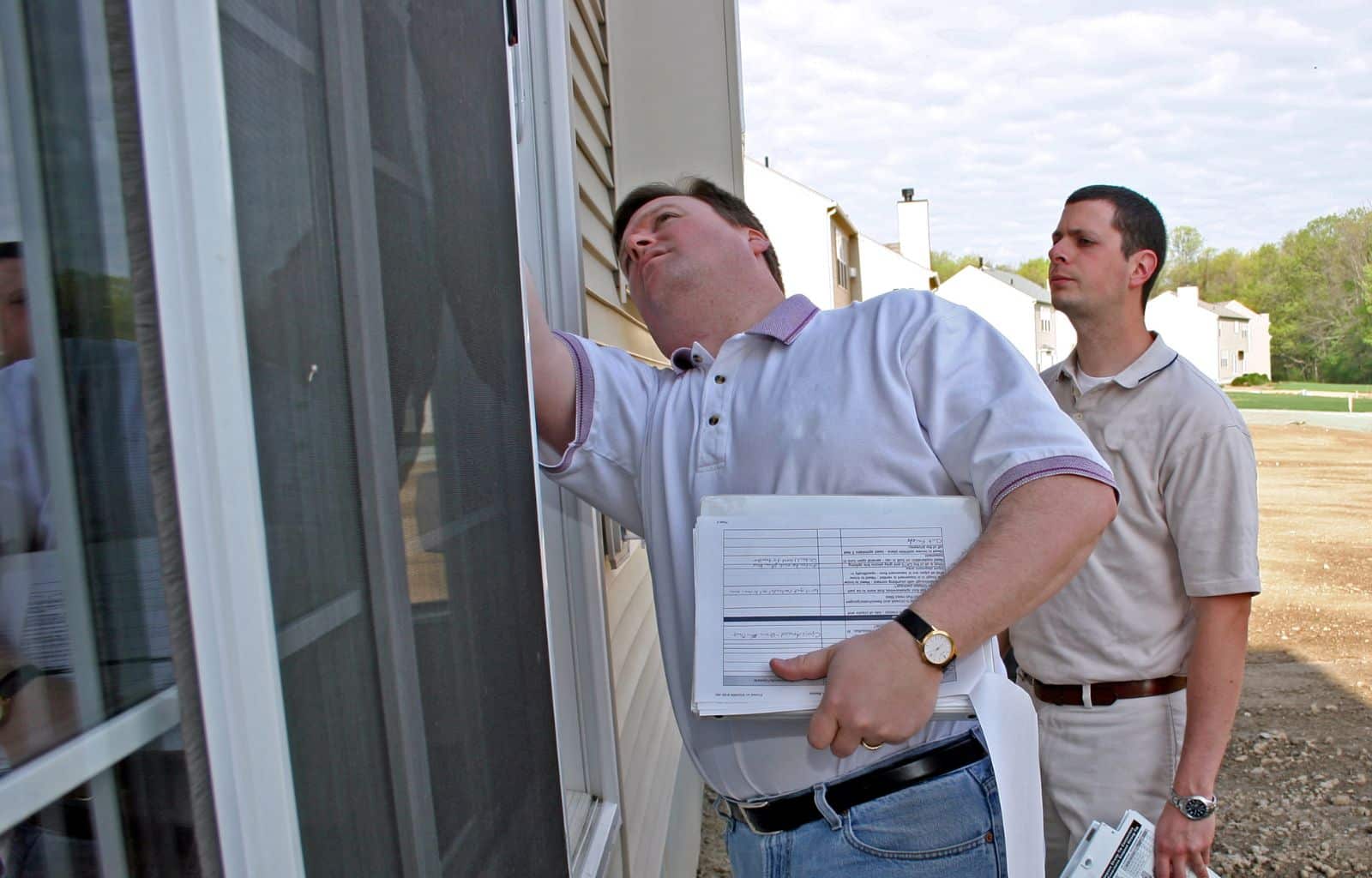Regular rental inspections are critical to successful property management, especially in San Diego’s competitive market. These inspections serve not only to ensure that your investment is protected but also to maintain a healthy relationship with tenants. For landlords, this proactive measure prevents minor issues from becoming costly repairs and ensures that properties comply with local and state regulations. In a market as active and dynamic as San Diego, frequent property inspections can be the key to sustaining long-term success.
Legal Requirements for Property Inspections in California
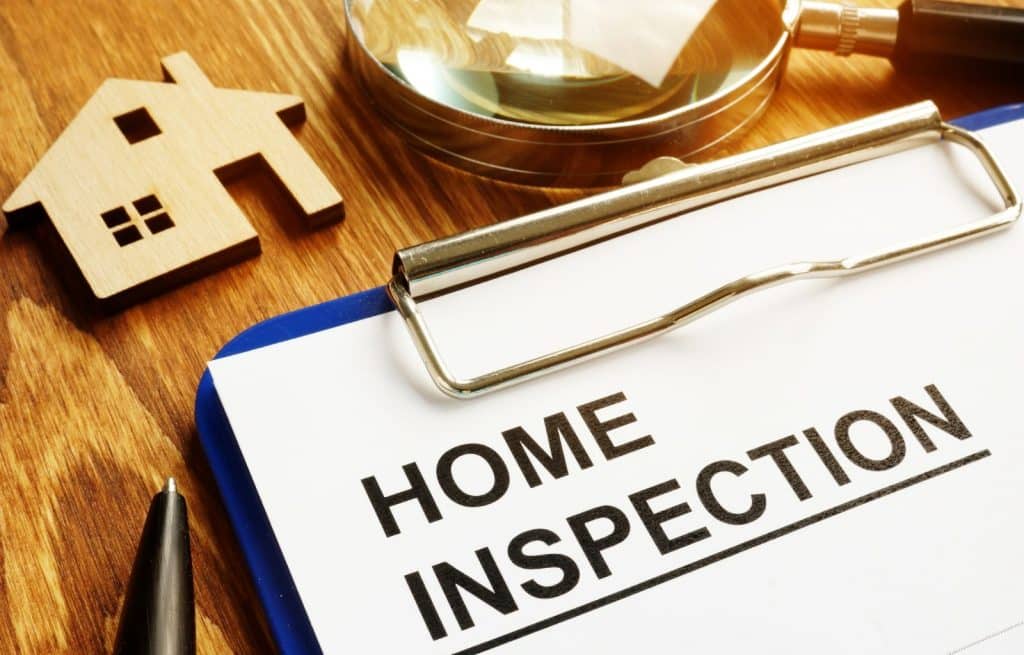
In California, landlords must follow strict guidelines when conducting rental property inspections. The most important legal requirement is the 24-hour notice rule. According to California Civil, landlords must give tenants at least 24 hours’ written notice before entering the rental property, except in emergencies or when agreed upon by the tenant.
In San Diego, this law is further reinforced by local regulations that protect tenant rights, making it critical for landlords to comply fully to avoid legal disputes.
Landlords may also include an explicit inspection clause in their lease agreements. This clause should outline when and how often inspections will occur and what will be inspected. Ensuring both parties understand their rights and responsibilities can prevent conflict and protect the landlord from legal action.
Types of Rental Property Inspections
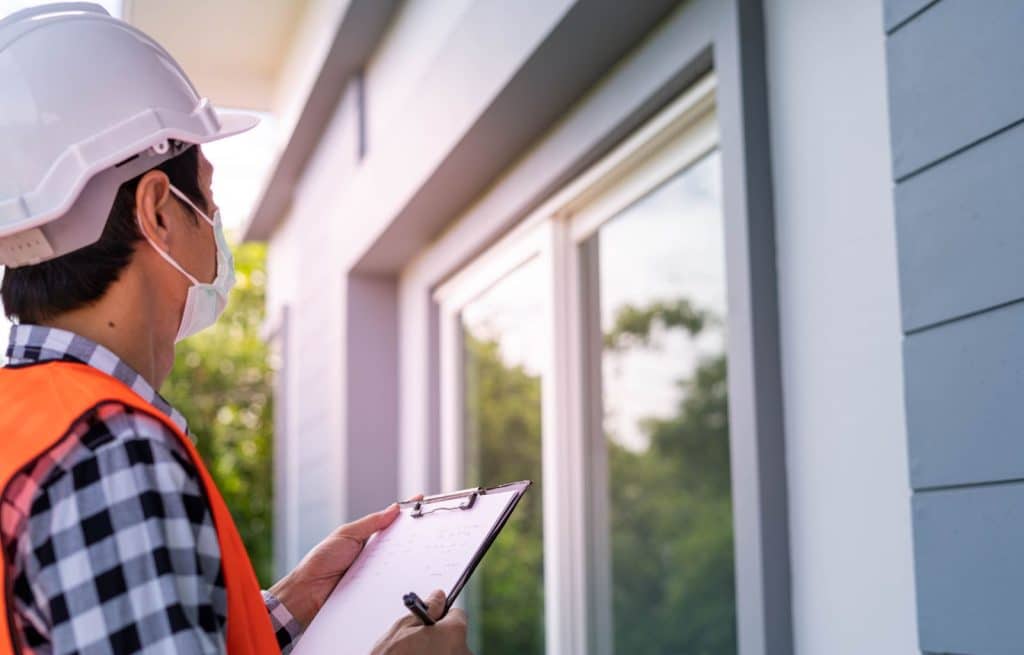
Landlords may want to conduct several types of rental property inspections to maintain the condition of their properties and ensure tenant compliance. Each serves a specific purpose in managing a rental property effectively.
- Move-in and Move-out Inspections: These are critical for documenting the property’s condition at the start and end of the lease. They protect the landlord and the tenant by providing a clear record of damages or alterations.
- Routine Maintenance Inspections: These are periodic inspections conducted during the lease term, typically every six months. They help catch minor issues before they become larger problems, such as leaks, mold, or HVAC malfunctions.
- Drive-by Inspections: These external inspections allow landlords to monitor the property’s exterior condition without entering the rental unit. They help check for yard maintenance and the general state of the property.
- Emergency Inspections: In cases where immediate action is necessary—such as during a suspected gas leak or water damage—emergency inspections are conducted to address the issue swiftly. Although these don’t require notice, they must still be justified under emergency circumstances.
- Pre-renewal Inspections: Before offering a lease renewal, inspecting the property to ensure it remains in good condition is beneficial. This way, any necessary repairs or updates can be addressed before the next lease term.
Benefits of Conducting Regular Inspections

Regular rental property inspections offer a wide range of benefits that go beyond merely complying with legal requirements. They are essential for proactive property management and can significantly reduce long-term costs.
Preventative Maintenance
One of the primary benefits of routine inspections is the early detection of potential problems. For instance, a small leak detected early can prevent significant water damage that would be costly. Routine inspections also help ensure appliances work correctly and other maintenance needs are addressed before escalating.
Tenant Retention and Satisfaction
Tenants are more likely to renew their lease when they see the landlord actively maintaining it. Regular inspections show that the landlord cares about the living environment, which helps foster trust and satisfaction. Happy tenants are more likely to stay longer, reducing turnover costs.
Lease Compliance
Inspections ensure tenants adhere to the terms of their lease, such as not having unauthorized pets or engaging in prohibited activities. This can prevent disputes at the end of the lease and provide landlords with peace of mind that their property is being used responsibly.
Safety Compliance
Inspections ensure that the property complies with safety regulations, including functional smoke detectors, carbon monoxide alarms, and structural integrity. Maintaining these safety measures can prevent legal complications and protect tenants.
Preservation of Property Value
Regular upkeep through inspections ensures that the property retains its value over time. By addressing issues as they arise, landlords can maintain the property’s condition and prevent depreciation.
Best Practices for Effective Property Inspections

To maximize the benefits of property inspections, landlords should follow a set of best practices designed to ensure thoroughness and legal compliance.
Create a Standardized Inspection Checklist
A detailed checklist helps ensure that every aspect of the property is inspected consistently. The list should include plumbing, electrical systems, HVAC, appliances, flooring, and overall structural integrity.
Document Everything
Taking notes, photos, and videos during the inspection creates a comprehensive record of the property’s condition. This documentation is invaluable for resolving disputes, especially regarding security deposit deductions.
Build a Positive Relationship with Tenants
Inspections can sometimes cause tension with tenants if not appropriately handled. To avoid this, communicate clearly about when and why inspections are happening. Showing respect for the tenant’s space by being professional and punctual will also help maintain good relations.
Provide Post-Inspection Feedback
After each inspection, share the findings with the tenant. This can include areas of concern, necessary repairs, and positive feedback. Transparency builds trust and keeps tenants informed about their responsibilities.
How Often Should Inspections Be Done?
The frequency of property inspections can vary depending on several factors. Landlords should balance the need to monitor their property with respect for tenant privacy.
- Move-in and Move-out Inspections: These should always be conducted at the start and end of every lease to document the property’s condition.
- Routine Inspections: A semi-annual inspection is ideal for most properties. This schedule allows landlords to address maintenance issues without overwhelming tenants.
- Emergency Inspections: These are only conducted in urgent situations, such as suspected damage or safety hazards, and do not require notice.
- Pre-renewal Inspections: One inspection before lease renewal ensures any necessary repairs or updates are addressed before committing to another lease term.
Challenges Landlords Face During Inspections
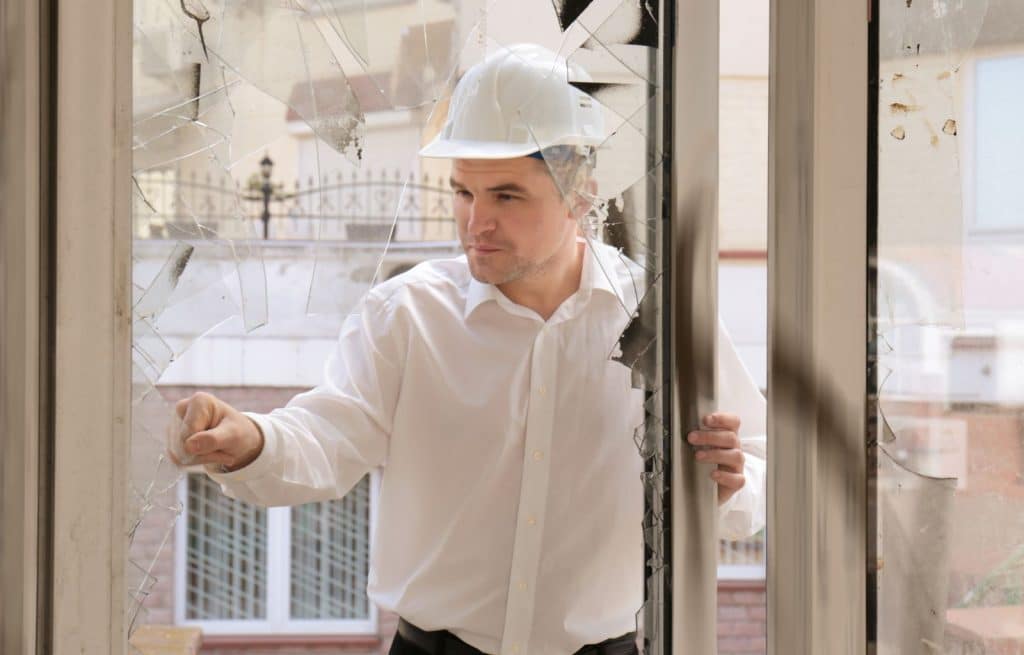
Conducting inspections isn’t without its challenges, but being prepared can help landlords navigate these issues smoothly.
Tenant Pushback
Some tenants may resist inspections, viewing them as an invasion of privacy. Clear communication and ensuring adequate notice can help alleviate this tension.
Discovering Major Repairs
Uncovering significant issues during inspections can be overwhelming. Landlords should have a clear plan for addressing these issues, including communicating the necessary repairs to tenants and budgeting for the costs.
Time and Resource Constraints
Managing multiple properties or dealing with frequent inspections can be time-consuming. Hiring a property manager can be an efficient solution for landlords with limited availability.
Hiring Professional Property Managers for Inspections
Hiring a professional property management company can be an efficient way to ensure regular and thorough inspections for landlords who own multiple properties or have limited time. Property managers handle all aspects of inspections, from scheduling and legal compliance to documentation and repairs, freeing landlords from the logistical burdens.
Benefits of Professional Management
They offer expert oversight, ensuring that minor issues don’t become costly problems. Their experience also helps maintain positive tenant relationships while ensuring lease compliance.
Technological Solutions for Inspections
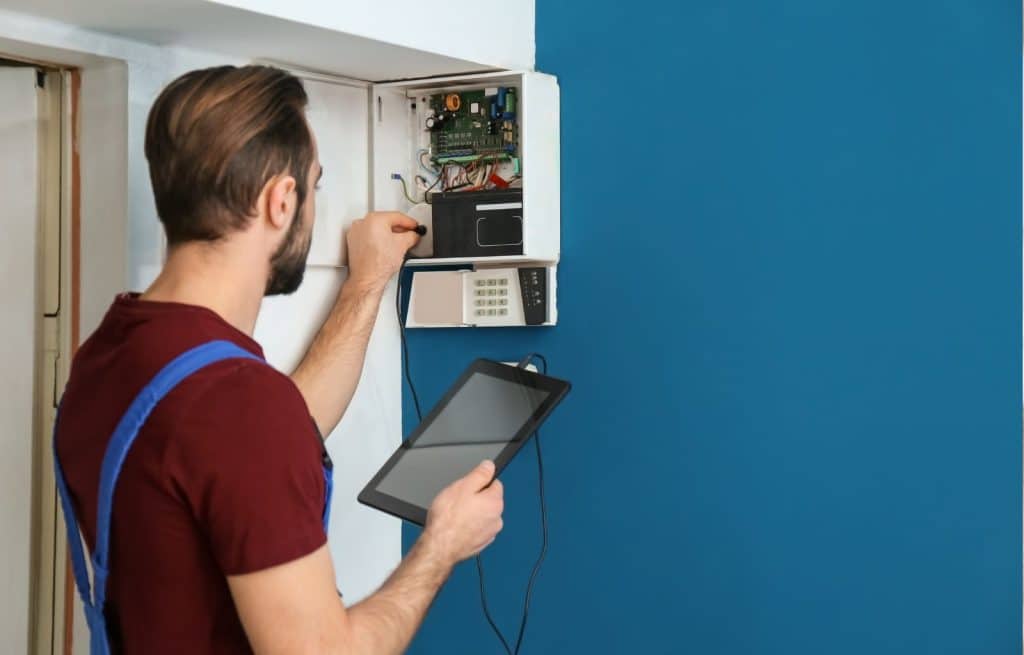
Technology has made rental property inspections more efficient and thorough. Various tools are available to streamline the process, from scheduling to documentation and reporting.
Property Inspection Software
Software like InspectAll, Happy Inspector, or Propertyware enables landlords and property managers to create checklists, capture photos, and generate detailed reports instantly. This digital documentation simplifies record-keeping and enhances transparency.
Remote and Virtual Inspections
In cases where landlords cannot be physically present, virtual inspections using tenant-uploaded videos or real-time video calls can be helpful. These tools can save time while offering an accurate view of the property’s condition.
Conclusion
Regular rental property inspections are essential to successful property management, especially in a dynamic market like San Diego. Inspections help maintain the property’s value, ensure tenant satisfaction, and protect landlords from legal and financial risks. Landlords can create a streamlined and effective inspection process by following best practices, leveraging technology, and considering professional property management services. Regular maintenance, clear communication, and proactive care will ensure that rental properties remain profitable and in top condition.


